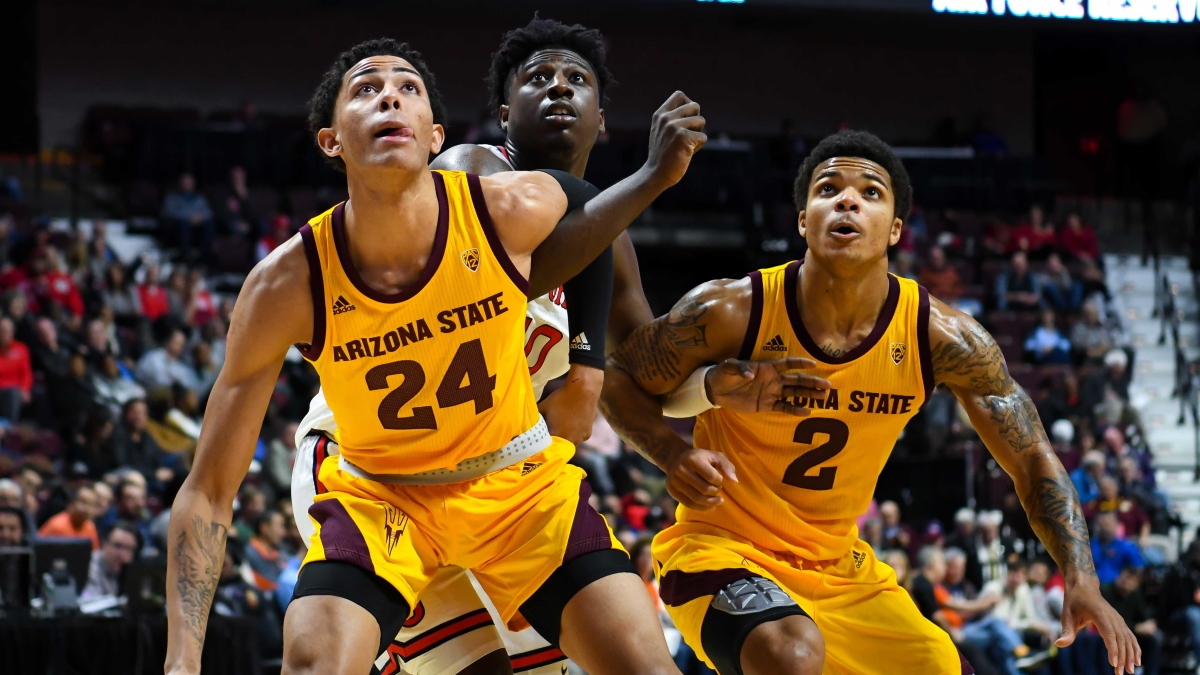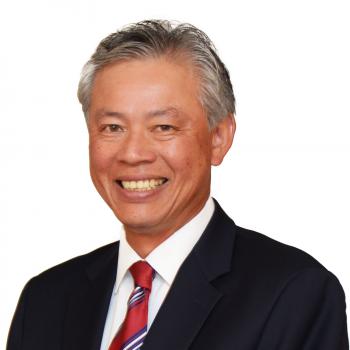For decades, the NCAA has adamantly opposed the idea of student-athletes being paid to play college sports. That position is no longer tenable.
California recently adopted a law that bans schools in the state from preventing amateur athletes from making money from advertisers, and also permits the athletes to have representation. Other states have followed suit, introducing bills for endorsement deals for college athletes, which now has the NCAA thinking differently.
In late October, the NCAA’s governing board voted unanimously to allow college athletes to benefit from the use of their name, image and likeness. However, the timeline for implementing this new change is still vague, and it's still unclear as to how much of the $1 billion in annual revenue pie they’re willing to share.
When they do decide, there will be plenty of issues to sort through, including how much athletes stand to make, how agents will impact the game and whether the new arrangement will put established sports powerhouse universities and colleges at an advantage.
ASU Now talked to Glenn W. Wong, executive director of the Allan “Bud” Selig Sports Law and Business program at the Sandra Day O’Connor College of Law at Arizona State University, to sort through these new developments.
Glenn M. Wong
Question: For many years, the NCAA opposed the idea of student-athletes being paid to play college sports. In late October, it decided to explore legislation that may ultimately result in college players being permitted to “benefit” from the use of their names, images, and likenesses (NIL). Why the sudden shift?
Answer: The NCAA’s change of policy — reflected in its decision to begin the process of potentially liberalizing its rules concerning athletes’ ability to benefit from their NILs — appeared to come in response to (1) the passage of California’s Fair Pay to Play Act (SB 206) and (2) the swell of bipartisan support for amateurism reform in other states, many of which will or already have introduced their own NIL legislation. Illinois, New York, Florida and numerous other states could be next in declaring that colleges and universities cannot enforce current NCAA rules that require ineligibility for benefiting from one’s own NIL.
It is important to note that the NCAA formed a committee to study the issue of student-athletes’ NILs prior to the enactment of SB 206 — so, in some sense, the NCAA’s review of the issue was not wholly prompted by state legislation. That said, the sense of urgency in addressing the NIL issue was no doubt ratcheted up by legislative activity in California and elsewhere.
Q: What are the arguments for lifting the restrictions for student-athletes to hire agents and profit from the use of their names, images and likenesses?
A: The primary arguments in favor of liberalizing student-athletes’ access to agents and the ability to benefit from the use of their NIL largely revolve around fairness and equity. College sports are, and have been for quite some time, big business, and many see injustice in the fact that athletes are the only cogs in the machine who cannot access a relatively free and open market for their services. To be sure, athletes who receive scholarships in exchange for their play on the court, field, etc. already receive tremendous compensation, especially as the cost of education continues to rise. But even then, many see a substantial gap between the value of a scholarship and the value — millions per year — that football and basketball players generate for their institutions.
Q: What are the arguments against lifting the restrictions?
A: Numerous arguments have been advanced against permitting college athletes to benefit economically from their NILs, including the complexity of formulating and enforcing a regulatory scheme to oversee the exchange of an athlete’s NIL for “benefits”; the potential impact on competitive balance; the devaluing of education; fundamentally altering the unique nature of college athletics, thereby blurring the line between college and professional sports; and potential detrimental impacts on intrateam dynamics. Another counterargument that has been raised recently is the possibility that athletic donors and boosters may provide money or “benefits” to athletes directly instead of donating to the athletic department.
Q: If the NCAA ultimately decides to amend its rules relating to athletes’ NILs, will players receive direct cash compensation?
A: Not necessarily. Keep in mind that the NCAA has not committed to allowing student-athletes to “profit” from the use of their NILs. In its statement announcing its intent to move forward on legislative solutions to the NIL issue, the NCAA was careful to use the word “benefit,” and not “profit.” “Benefit” might not mean the direct cash payments we often associate with the term “profit.” And even if the NCAA ultimately allows a compensation-for-NIL system, it may require the money to be held in a trust fund available upon the exhaustion of an athlete’s eligibility, as was the initial remedy in the O’Bannon case, or upon the achievement of certain academic benchmarks, including graduation. When it comes to allowing athletes to “benefit” from their NIL, the devil is in the details.
Q: What could the value of the higher-profile athletes’ NILs be?
A: At this point, it is difficult to say in light of the fact that there has never been a truly free and open market for college players’ NILs. That said, some of the players involved in the FBI’s recent investigation of recruiting practices in men’s college basketball received six-figure payments from apparel companies. That provides a starting point in considering the value of the top college basketball players’ NILs. Again, however, it is possible that the NCAA will not permit athletes to receive cash payments and might limit compensation to a currently undefined set of “benefits.”
It is also important to note here that while very few student-athletes’ individual NILs would command significant sums on an open market, there may be opportunities for Olympic sport athletes to benefit — albeit less lucratively — from the use of their NILs. And NIL payments, if such payments are allowed, will likely come from external third parties, not the institutions. The third-party compensation model therefore imposes no additional direct costs on the institution — aside from the resources that may be expended on enhanced monitoring and compliance efforts; less clear is whether Title IX concerns could spring from this model.
Q: What about competitive balance? Will the higher-profile schools stockpile the best athletes?
A: This is another counterargument that is routinely raised in opposition to liberalizing the NCAA’s amateurism rules. Although it has some intuitive appeal, it is critical to understand that the top schools — those in the Power Five conferences — already recruit and retain the best talent in the country. In other words, the higher-profile schools already land the best athletes under the current amateurism regulations (think Kansas, Kentucky and Duke in men’s college basketball, and Alabama, Ohio State and Clemson in football). It is difficult to see that changing even in a system where athletes can derive benefits from their NILs.
In fact, it might be the case that relaxing the amateurism rules may increase competitive balance if smaller schools are able to highlight and promote their programs by focusing on playing time — and the chance for an even bigger payday at the professional level — over immediate compensation.
Q: Many wonder how a market for athletes’ NILs might be regulated. What are some options that NCAA policymakers may be considering as they assess if and how to revise their amateurism rules?
A: One regulatory option that has been discussed in the past and that could be the least restrictive means of policing a compensation-for-NIL system is an independent review board, which would review athletes’ agreements with third parties and determine whether those agreements reasonably reflect that athlete’s market value. Although making decisions on a case-by-case basis would no doubt be a cumbersome task, close scrutiny of individual agreements might be one way to assuage the concerns about a “Wild West,” booster-dominated environment while still allowing athletes to benefit from the third party’s use of their NIL. Should such a regulatory model be used here, the independence of the reviewers and the transparency of their review criteria would be critical.
Q: Might changes to the NCAA’s amateurism rules lead to fewer college athletes leaving school early for the professional ranks?
A: It is certainly possible that allowing athletes to derive benefits from their NILs while in college might actually lead some athletes to remain in school longer and delay a jump to the pros. The NCAA, whose avowed focus is athletes’ education, would undoubtedly favor that outcome. It is challenging, however, to forecast exactly how relaxed NIL rules might change an individual athlete’s calculus on whether to remain in college or declare for a professional draft or sign a professional contract, as there are a litany of variables that spur those decisions.
That said, it is possible to envision a scenario in which, for instance, a draft-eligible college football player with a fifth-round grade from NFL scouts might be persuaded to remain in school a year longer to improve his draft prospects if he had the ability to receive some — any — compensation during that additional year. That compensation might not come close to what he might make in the NFL, assuming he makes a roster, but it may just be enough to convince him to stay in school another year, finish his degree and improve his draft stock. That could be a win-win for all parties involved.
Q: When can we realistically expect changes in the legal and regulatory frameworks governing college players’ use of their NILs?
A: Not for at least another year, and likely longer. California’s law does not go into effect until 2023, but the NCAA had said that it wants legislative options for reforming its NIL rules by January 2021 — and has also indicated that it might challenge the California law in court, which would further complicate matters. The NCAA’s legislative process is quite deliberative, ostensibly to allow input and discussion by a large membership, and disagreement between member institutions as to whether and how to amend their amateurism rules is likely to arise.
In the meantime, other states — and perhaps Congress — may pass laws similar to California’s that have sooner effective dates. So the sheer amount of regulatory and legislative uncertainty makes it exceedingly difficult to forecast when change might actually be implemented. But make no mistake: Change is coming. NIL reform is not an "if," but a "when" and "how."
Top photo: Sun Devil forward Jalen Graham (left) and guard Rob Edwards box out a St. John’s opponent Nov. 23. ASU won, 80-67. As states and the NCAA explore the possibilities of student-athletes benefiting from their name, image and likeness, many questions arise. Photo by Bob Blanchard
More Law, journalism and politics
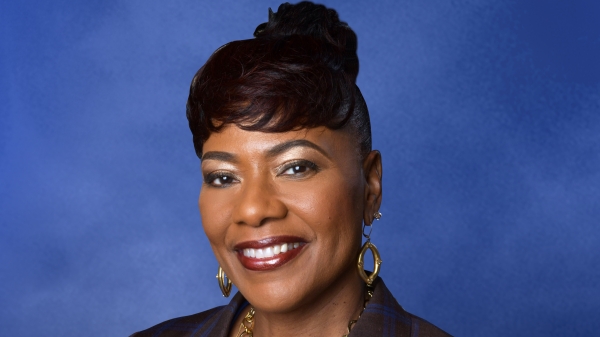
Peace advocate Bernice A. King to speak at ASU in October
Bernice A. King is committed to creating a more peaceful, just and humane world through nonviolent social change.“We cannot afford as normal the presence of injustice, inhumanity and violence,…
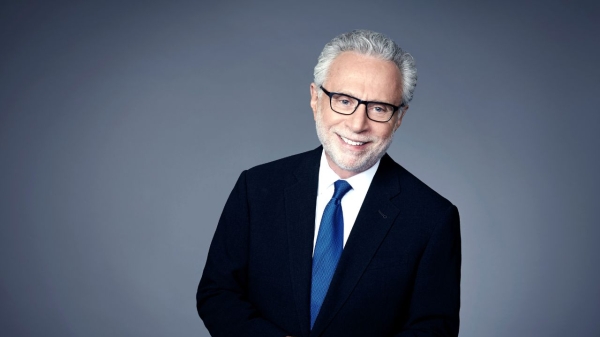
CNN’s Wolf Blitzer to receive 41st Walter Cronkite Award for Excellence in Journalism
Wolf Blitzer, the longtime CNN journalist and anchor of “The Situation Room With Wolf Blitzer,” will accept the 41st Walter Cronkite Award for Excellence in Journalism, Arizona State University has…
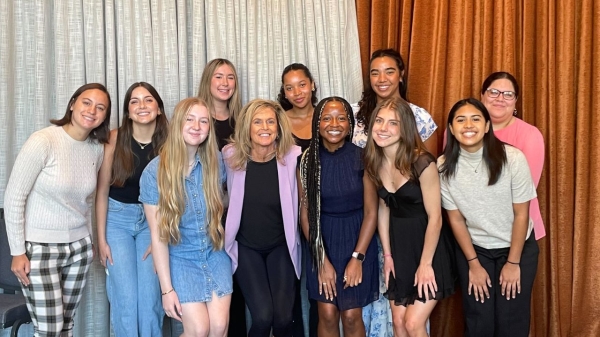
Cronkite School launches Women Leaders in Sports Media live-learn program
Women in a new sports media program at Arizona State University got a solid game plan from a sports veteran at an Aug. 20 welcome event.“Be humble, be consistent and be a solver,” Charli Turner…
